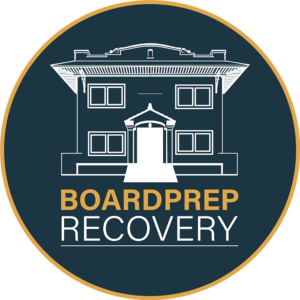In 2017, Dr. John S. Rose and his team at the University of California, Davis Health System looked into data from a 5-year study. They wanted to see how U.S. physician health programs (PHPs) help doctors with substance use disorders. Their focus was on comparing family medicine physicians (FMPs) in recovery to other doctors.
Research shows that doctors have similar addiction rates to the general public (10-15%). Because addicted doctors can impact public health and safety, many states have set up PHPs. According to the American Society of Addiction Medicine (ASAM), PHPs offer a private way for doctors to get a full evaluation, treatment if needed, and ongoing health checks.
The Important Role of Physician Health Programs (PHPs)
PHPs aim to help doctors achieve and keep sobriety. They also ensure that these doctors can provide safe care to patients, hospitals, insurance companies, licensing boards, and the public. PHPs assess, refer for treatment, and then provide support and monitoring, usually over five years.
The study by Rose and colleagues shows that PHPs effectively help most FMPs recover from addiction over five years. It also highlights that these programs quickly identify doctors who continue substance misuse during treatment. This often leads to them stopping their practice, either by choice or requirement.
From a public safety angle, the study notes that PHPs play a crucial role in protecting patients by monitoring recovering doctors. From a policy standpoint, it advises doctors with substance use issues to voluntarily join a PHP. It also supports regulatory boards in backing these programs.
A Collaborative Approach
The American Society of Addiction Medicine highlighted in 2020 that the best way to ensure public safety is through a collaborative approach. This involves state agencies, PHPs, and addiction treatment experts working together. This approach allows for early intervention, evaluation, treatment, and a monitored return to work.
Rose’s study offers hope. It shows success for family physicians in PHPs who wish to overcome their addiction and serve their patients and community again.
[1] https://www.bmj.com/content/337/bmj.a2038
[2] https://pubmed.ncbi.nlm.nih.gov/28067757/
[3] Bennett, J., & O’Donovan, D. (2001). Substance misuse by doctors, nurses, and other healthcare workers. Current Opinion in Psychiatry, 14, 195–199.
[5] https://www.bmj.com/content/337/bmj.a2038
[6] Ibid.
[7] Ibid.







